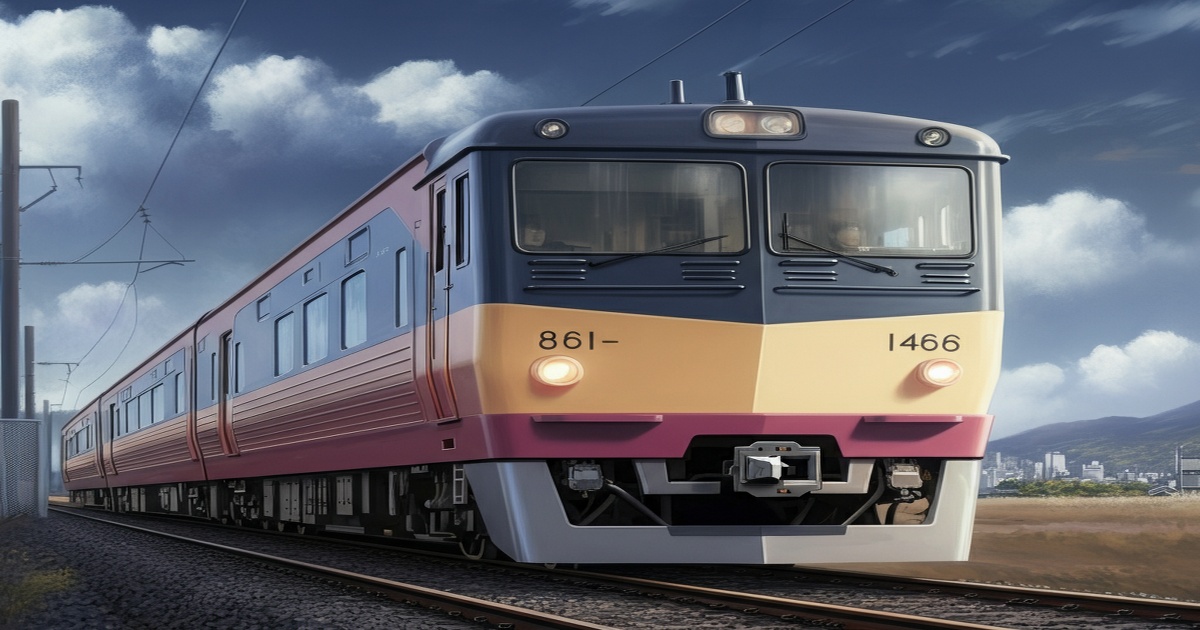Japan's Railways Embrace Automation to Tackle Labor Shortage
maintaining the companies' reputation for clockwork-like operations while addressing the labor shortage.
One example of this automation is the use of humanoid robots for tasks like hedge and tree trimming, often performed at considerable heights and during nighttime hours. These robots, resembling characters from anime, are remotely piloted by a single staff member who uses virtual reality goggles to check the view.
West Japan Railway Co. (JR West) has developed a multi-purpose heavy machinery robot for railway maintenance, capable of traveling on both roads and tracks. With its extendable crane, it can reach heights of up to 12 meters and lift objects weighing up to 40 kilograms. The robot can also perform tasks like painting and replacing parts of overhead cables, thanks to its interchangeable tools.
"Robotics allow us to slash manpower by 30 percent," said a JR West representative. "The ability of robots to operate at elevated heights via remote control means that women and elderly employees still have a role to play."
The aging population in Japan is a major concern for the railway industry. According to the National Institute of Population and Social Security Research, one in three people in Japan will be aged 65 or older by 2040. This means the number of young, working individuals will decrease significantly, leading to a potential worker shortage.
"Rail maintenance often entails heavy workloads at night," noted a JR executive. "We are seriously concerned about worker shortages."
Operators of Shinkansen services are also turning to automation. Central Japan Railway Co. (JR Tokai) has developed equipment to autonomously inspect the condition of cars and underfloor devices at a rail yard in Tokyo. This technology is expected to be fully introduced by fiscal 2029.
East Japan Railway Co. (JR East) has implemented a rail monitoring system on 50 routes within its service area. This system, mounted beneath the floors of passenger trains, automatically identifies deformed tracks and bolt anomalies through remote rail inspections. This has reduced the frequency of visual checks by maintenance workers on foot from once a week to once every three months.
In 2024, JR East partnered with five other railway companies to manage data on track conditions in an integrated manner. This collaboration aims to improve the accuracy of an AI model that detects defects autonomously.
"The lack of workers is a common issue across the railway industry," said Kazutaka Takeda, a track maintenance unit manager at JR East's rail business headquarters.
By embracing automation, Japan's railway companies are addressing the labor shortage while maintaining their high standards of operation. This shift towards robotics and AI is likely to continue in the years to come, ensuring the smooth running of Japan's vital railway network.







6 Comments
Africa
This feels like a betrayal of the human spirit. We should be striving to solve problems together, not replacing ourselves with machines.
Comandante
I'm confident that Japan's railway companies will continue to prioritize safety and high standards of service, even with the increased use of automation.
BuggaBoom
This is a positive step towards a more efficient and sustainable railway system.
Marishka
I'm impressed by the innovation and ingenuity of Japan's railway companies.
Pupsik
Instead of investing in robots, the companies should focus on improving working conditions and attracting more young people to the industry.
ZmeeLove
I don't trust AI to make important decisions about safety and maintenance. Humans need to be in control.